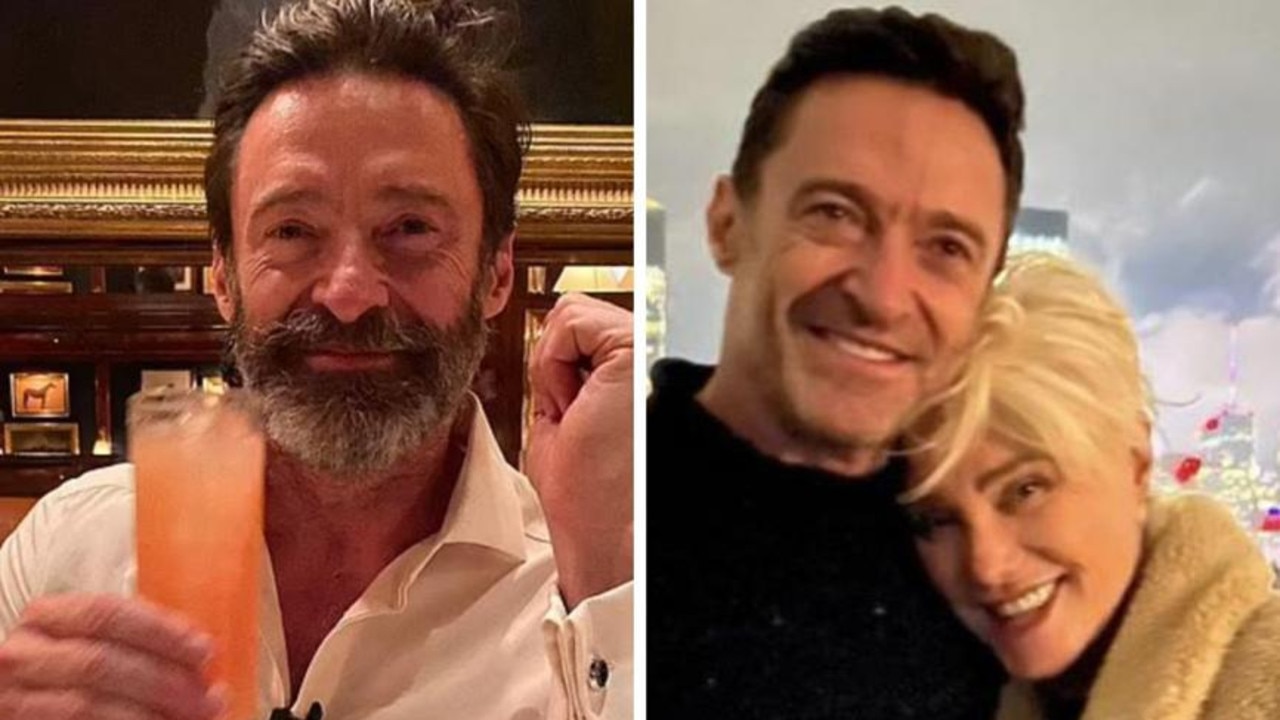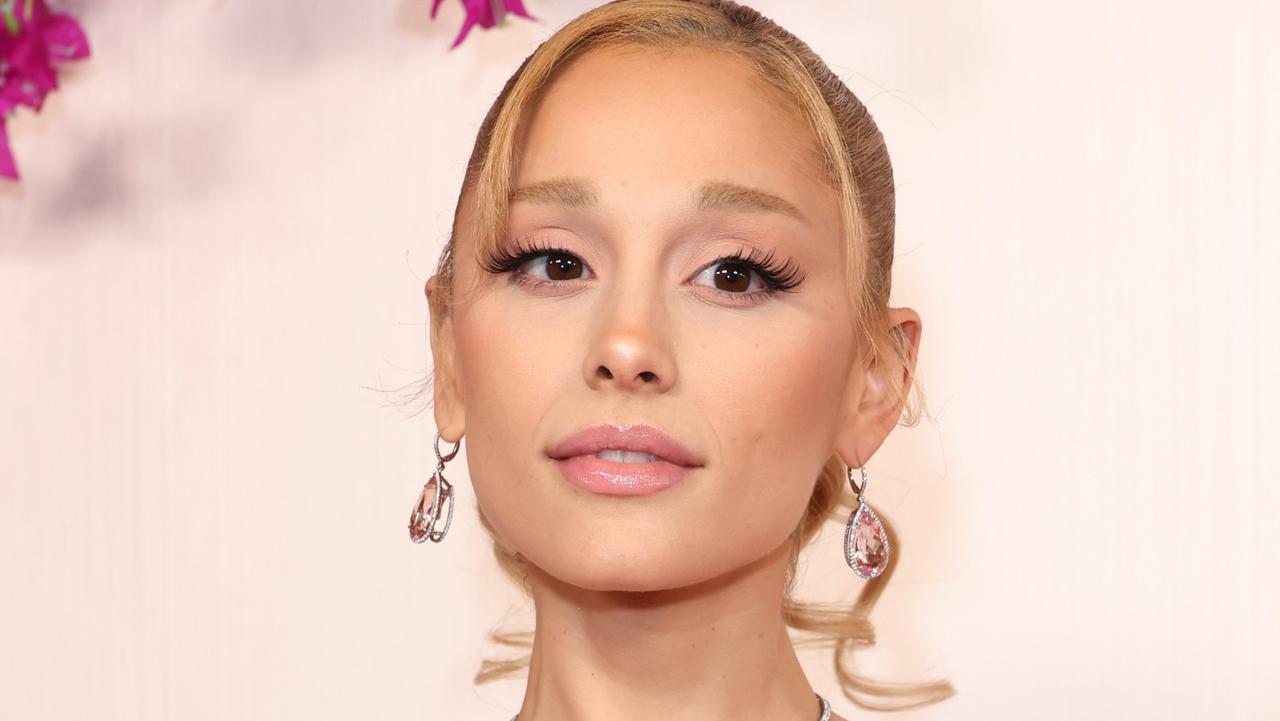Emily Ratajkowski details sad, sexualised childhood
After accusing Robin Thicke of groping her in the Blurred Lines video, supermodel Emily Ratajkowski has detailed her damaging upbringing.
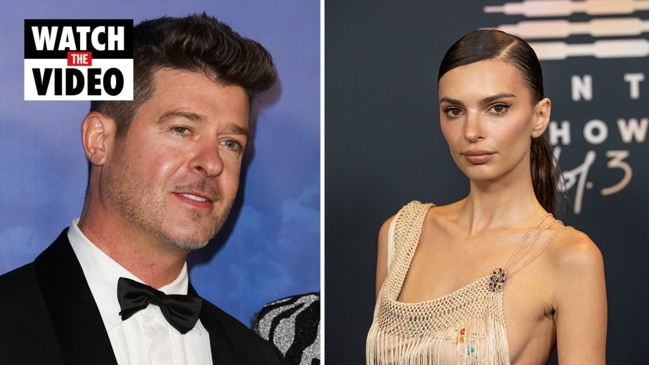
Emily Ratajkowski says she was born beautiful.
As her mother, Kathy Balgley, told it, the doctor who delivered her held up the perfect infant and exclaimed, “Look at the size of her! She’s beautiful!”
“The next day he brought his children to the hospital just to see you,” she would continue, with pride. “You were such a beautiful baby.”
In her forthcoming book of essays, My Body (out November 9), Ratajkowski, now 30, writes about the price of such beauty.
She reveals her family’s fixation on her looks and how adults sexualised her at a young age – a middle-school teacher snapped her bra, long before Robin Thicke allegedly groped her when she was 21.
After dancing her way to fame in Thicke’s Blurred Lines video, she went on to become a top model, influencer and entrepreneur. She gave interviews defending her sexy selfies and photo shoots, saying shedding her clothes was empowering – only to realise that she didn’t really have that much power at all.
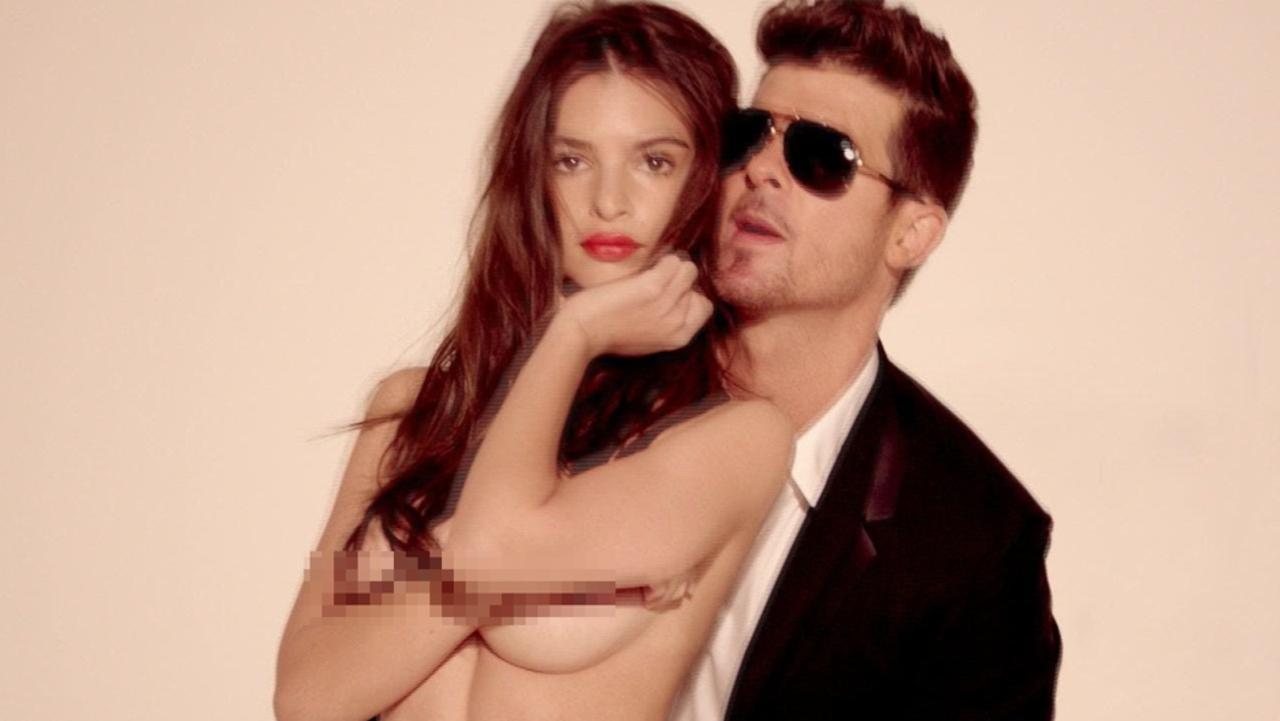
From a very young age, Ratajkowski understood her looks made her stand out, particularly in the eyes of her parents.
Growing up an only child in San Diego, she listened to her mother’s stories about having once been a remarkable beauty herself. Kathy, an English teacher, looked like a young Liz Taylor or Vivien Leigh, and told of “adoring boys standing on the lawn below her bedroom window in high school” and jealous girls who tried to undermine her.
Ratajkowski learned this was to be her legacy, too.
“I tried to gauge where my parents thought I belonged in the world of beauties,” Ratajkowski writes. “It seemed important to them both, especially to my mother, that their daughter be perceived as beautiful.”
At night, she prayed that God would make her “the most beautiful”.
“Beauty was a way for me to be special,” she explains. “When I was special, I felt my parents’ love for me the most.”
When she was 14, the modelling world came calling.
The first time an agent approached, a pre-teen Ratajkowski was in the checkout line at a grocery store. Afterward, she burst into tears, thinking that “head shots” meant “needles in the head.”
But Ratajkowski felt that modelling would please her parents. They drove her to castings like most parents drove her peers to sports matches. Her father, a high school art teacher, displayed her first modelling “comp” card – with her measurements and modelling images – in his classroom. They posted her modelling photos on Facebook.

Ratajkowski went to her first audition when she was in middle school. She wore new stretchy jeans and chunky black boots. Kathy, in the waiting room with her, instructed Ratajkowski to flip her hair when it was her turn to meet with the casting directors. There was a young man with wild hair sitting a few feet from them.
“That boy looked at you when you stood up and flipped your hair,” her mother said, driving from the audition in Los Angeles back home to San Diego. “He was watching you.”
She attracted male attention from the time she was 12. “I’ll never forget the look on his face as you walked past him!” Kathy would remark about random men on the street. “He stopped dead in his tracks and his mouth fell open!”.
Her beauty also provoked people: At 13, she was sent home from a dance after chaperones deemed her dress “too sexy”. Another time, her dad asked her to “not dress like that, just for tonight,” when she came downstairs wearing a pink lace top and push-up bra.
She remembered the shame and confusion she felt when her older cousin came rushing back into the living room, after leaving Ratajkowski there with a male friend for a few minutes.
“I was a child, but somehow already an expert in detecting male desire, even if I didn’t completely understand what to make of it,” she writes.
The modelling world pushed Ratajkowski – who was shorter and bigger-busted than most high fashion models – to do catalogue work, or swimsuit and lingerie shoots.
When she was in high school, a casting agent pointed to some close-ups of her with her mouth half closed and lips pursed and marvelled, “Now this is the look. This is how we know this girl gets f***ed!”
“My face felt hot,” Ratajkowski writes of that incident. “Was this something to be proud of?”
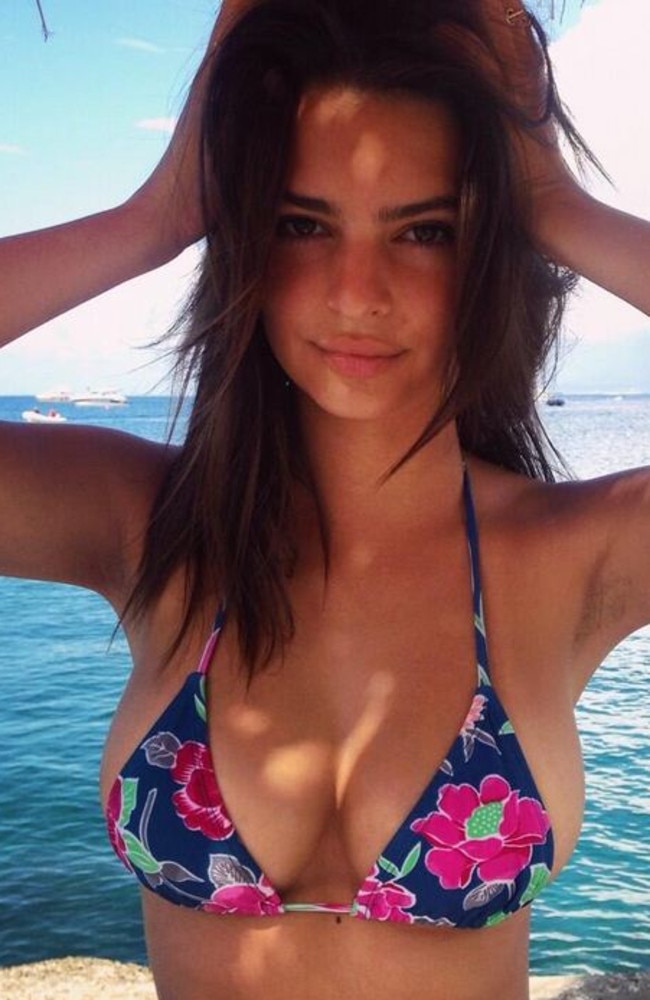
According to her mother: yes. She placed a sexy black-and-white photo of Ratajkowski, then in high school, on the kitchen counter facing the front door. “Anyone coming in [the house] was immediately greeted by my pouty lips, bare legs and teased hair,” writes Ratajkowski, adding she was “embarrassed” by the picture.
She writes that initially she took these incidents lightly, that she told herself that being a sex symbol – of feeling free to flaunt her sexuality – was empowering.
And in a way, it was: it gave her money, fame, the ability to start her own business. Yet, as she saw grubby photographers who had taken sexy photos of her early in her career profit off her success, as she got sued by paparazzi who claimed to own their pictures of her, as she continued to encounter men like Thicke, who could touch her and face no consequences, she realised she didn’t have as much say over her body, who it belongs to, and how it can be used, as she thought.

“It had never occurred to me that the women who gained their power from beauty were indebted to the men whose desire granted them that power in the first place,” she writes. “Those men were the ones in control, not the women the world fawned over.
“Facing the reality of the dynamics at play would have meant admitting how limited my power really was – how limited any woman’s power is when she survives and even succeeds in the world as a thing to be looked at.”
Now, however, she writes, “I was forced to face some ugly truths about what I understood as important, what I thought love was, what I believed made me special, and to confront the reality of my relationship with my body.”
Later, after Ratajkowski moved out of her parents’ house and became a successful model, she finally convinced her mum to take down that photo in the kitchen.
Her mother agreed: “It doesn’t represent you anymore,” she told her daughter. Though she seemed to misunderstand the reasoning. “You’re more beautiful than that now.”
This article originally appeared on NY Post and was reproduced with permission



